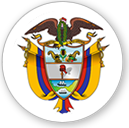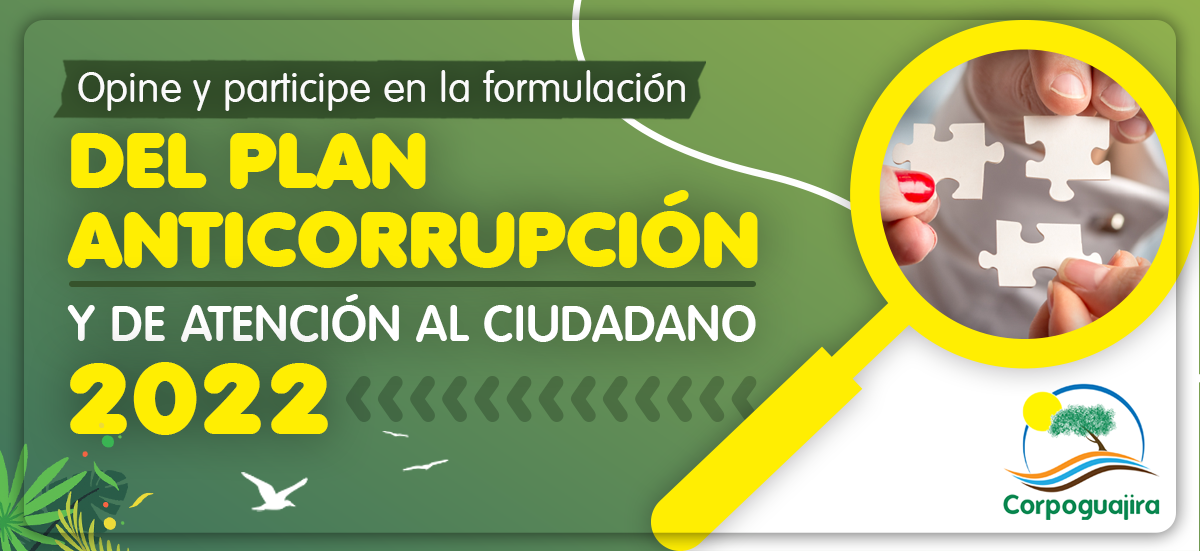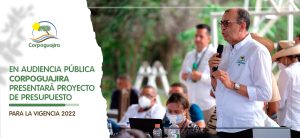S-s
Salinas. Areas where salt is obtained by evaporation of the water that is circulated through a series of channels to shallow deposits or crystallizers where the salt precipitates. Obtaining salt can be done from sea water (maritime salt flats) or inland waters rich in salts from evaporite deposits (interior salt flats, frequent in endorheic basins).
Salmonella. A genus of Gram negative bacteria capable of causing intestinal infections (salmonellosis). They are eliminated in the feces, so they can appear in wastewater. Carriers can easily contaminate food, which can cause foodborne infections.
Sanitation. Wastewater and rainwater evacuation through a sewer network. Three different situations are distinguished, Individual evacuation (cesspool, septic tank); Own sewerage network without connection to the general network, y Sewerage network connected to the general network. Likewise, in cases where there is, The provision of own treatment plants for the treatment of waste from the industrial area is indicated.
Environmental sanitation: A series of measures aimed at controlling, reduce or eliminate pollution, in order to achieve a better quality of life for living beings and especially for man.
Basic sanitation: It is the execution of urban and rural aqueduct works, sewers, water treatment, handling and disposal of liquid and solid waste, as well as the generation of alternative energy.
Saprophytes. Also calledsaprobios. They are those organisms that obtain dissolved food from the dead or decomposing bodies of other organisms. Examples of these are many mushrooms, bacteria and some orchids. Saprobes make available to autotrophic species, the elements contained in dead matter.
Sarmiento. Vine stem, long, delgado, flexible and knotty.
Sedimentation. Deposit of particles previously eroded and transported by external geological agents from a generating mother area to a receiving area or sedimentary basin. The sedimentation of particles can be due to mechanical causes such as the deposit by gravity or the deposit of the larger particles when the transport agent suffers a decrease in speed and therefore in kinetic energy; Chemicals in the case of deposit formation by precipitation from colloidal or ionic solutions; biological in the case of organic sediments of biochemical origin. The end product of sedimentary processes is generally an accumulation of uncemented particles called sediment.
Sediments. Materials from the destruction of rocks on the earth's surface by weathering, the erosion, or both and that are sometimes deposited in situ or, More frequently, from distance, after being transported by an external geological agent such as the wind, ice or water. Sedimentation can consist of the simple deposit of particles by gravity, or chemical processes such as the precipitation of substances from solutions may intervene, or even biological as in sediments of organic origin.
Food safety: Sufficient global supplies of staple foods are available at all times, to maintain a permanent expansion of food consumption and to counteract fluctuations in production and prices.
Seism. Abrupt movement of the earth's crust. Earthquakes, earthquakes or earthquakes are produced by the release of energy, ideally at one point, located at a certain depth, called focus or hypocenter. This energy is transmitted through the interior of the Earth in an undulatory way (P waves or primary and S waves or secondary). The interaction of these waves with the earth's surface produces L waves, or superficial, causing the seismic damage. The graphic record of earthquakes is made by devices called seismographs. The magnitude of earthquakes is measured on the Richter scale. Its intensity is measured according to the MSK scale and is represented on surface maps by lines of equal seismic or isosistic intensity.. Earthquakes are due to various causes, but the main ones are the tectonics, which are those in which the release of energy occurs as a consequence of the displacement of blocks on a fault plane.
Selenium. Chemical element of group VI of the periodic table or amphogens. Atomic number 34 and atomic mass 78.96. In one of the forms of crystallization that can present, responds to lighting by increasing conductivity, so it is used in the manufacture of photo cells, as a red colorant in glass and ceramics and in the manufacture of stainless steels. Se symbol.
Sensor. Sensitive device that uses a physical or chemical phenomenon dependent on nature and the value of the physical-chemical quantity to be measured, which allows the transduction of the stimulus to a signal used directly or indirectly as a measure.
Remote sensing. Remote detection and measurement systems, generally used from aircraft or satellites, with which meteorological information is obtained, oceanographic, on the vegetation cover, etc. For such measurements,, inter alia, radar systems, thermal infrared, near infrared…
Siemens. Unit electrical conductance. It is the inverse of electrical resistance. One siemens equals 1 ampere per volt. Abbreviation S.
Sievert. Unit radiation dose equivalent. 1 Sv vale 100 rem. Abbreviation Sv.
Silicon. Plants or plant formations that live in silicic soils, which are frequent on granitic or metamorphic substrates.
Forestry. Management, maintenance, exploitation and conservation of forests.
Ecological system: The ecological system is made up of living beings and the physical environment in which they exist. In it there are interdependence relationships based on a recursive interaction that has lasted for more than 5 billion years on our planet.
Geographic Information System. In purely computer sense, set of computer programs that allow the capture, management and modeling of cartographic information, graphic and alphanumeric, generating the so-called topological relationships between spatial variables. From a thematic point of view, it is a set of computers, programs, georeferenced information, evaluation models and multidisciplinary training techniques that develop and exploit said system.
Smog: Type of air pollution characterized by the formation of mists of substances that are aggressive to health and the environment, combined with a large condensation of water vapor. The word smog is the contraction of the English words smoke (smoke) and fog (fog). It occurs due to thermal inversion in times of atmospheric stability.
Overexploitation of aquifers. Withdrawal of water from an aquifer at a rate greater than that of natural recharge.
Overexploitation. Extraction of a natural resource at a rate higher than that of regeneration, which can lead to resource depletion.
Sodium. Chemical element of group I of the periodic table or alkaline. Atomic number 11 and atomic mass 22.980. It is very reactive and is combined in the form of salts (halita o sal gema) or dissolved in ionic form. It is a macronutrient for vegetables. Used in the manufacture of bleaching agents, in the manufacture of indigo and in lighting technology. Na symbol.
Solid. Substance that occurs in discrete pieces with its own shape and with toughness properties, cohesion and toughness. It is the state of matter in which substances occur at a temperature below their melting point, and is characterized by internal order (periodicity) in the arrangement of the particles (atoms, molecules or ions), i.e., the crystal structure. There are some substances with the organoleptic properties of solids, but lacking in crystalline structure, that, strictly speaking, more than solids should be considered subcooled liquids (glasses).
Decantable or sedimentable solids. Fraction of the total solids in the water that are separated from it by the action of gravity, for a specified period (usually 30 minutes) and in pre-established conditions.
Dissolved solids. Fraction of total solids in water that pass through a standardized filter paper. They include colloidal matter, soluble organic and inorganic compounds (sales).
Suspended solids. Fraction of total solids in water that can be separated by filtration through a standardized filter paper. Include volatile solids (organic material).
Solonchak. Intrazonal soil. Saline and alkaline, in the upper horizons there is precipitation of salts. In a dry climate zone, There may be saline efflorescence on the surface due to fluctuations in the water table.
Solvent. Agent capable of dissolving.
Probe. Prospecting a system (for example the atmosphere or the subsoil) by means of an instrument that provides data or materials that allow evaluating the presence, concentration, quality or state of a natural resource.
sustainability: Process of rationalization of social conditions, economic, educational, Legal, ethics, moral and ecological fundamentals that make possible the adaptation of the increase of wealth in benefits of society without affecting the environment, to ensure the well-being of future generations. It can also be called sustainability.
Suck it up. Groundwater under a riverbed.
I usually. Variable thickness surface layer, not compacted, caused by the action of the atmosphere (weathering) and of the living beings on the bedrock. In the composition of the soil a living component is distinguished (microorganisms, animals and vegetables) and one does not live with an organic fraction (humus) and an inorganic or mineral (Water, sales, silicates, etc.). In a vertical section or profile of the soil are distinguished, sorted in depth, soil layers or horizons (A, B, C, etc.) characterized by their composition and by the processes that take place in them. There are many types of soils, with different aptitudes for the vegetation.
Fallow soils. Refers to soils that, for a period of time, they are not used for cultivation. They are soils in "break".
Sulfates. Ion SO42- and its salts or salts of sulfuric acid (H2SO4). The various sulfates have numerous industrial applications.
Sulfites. SO32 ion- and its salts or salts of sulfurous acid (H2SO3). Some of its applications are as bleaching agents and preservatives, in the pulp industry and in photographic development.
Hydrogen sulfide. In hydrogen sulfide solution. It is a toxic gas with an unmistakable smell of rotten eggs. It originates from the bacterial decomposition of organic matter. H2S formula.
Sulfides. Ion S2- and its salts or salts of hydrogen sulfide (H2S). Different sulfides have numerous industrial applications. In nature they occur in the form of metal salts such as lead (galena), arsenic (planner), antimony (stibina), zinc (blenda), iron (pirita), among others.
Surface. Two-dimensional magnitude of extension. The unit of measurement is the square meter.
Surfactants. Substances that decrease the surface tension of liquids, usually water. The distribution of the attractive forces between the molecules that make up a liquid, they result in the molecules located on the surface being more attracted than those found within the liquid, therefore a force appears (surface tension, which is measured in dynes / cm) which tends to keep the liquid with a minimal surface, and that is opposed to the molecules escaping from the liquid. By decreasing the surface tension, surfactants increase the ability of the liquid to bond with other surfaces, i.e., increase the ability to wet.































Leave a reply
I am sorry, you should be connected to post a comment.